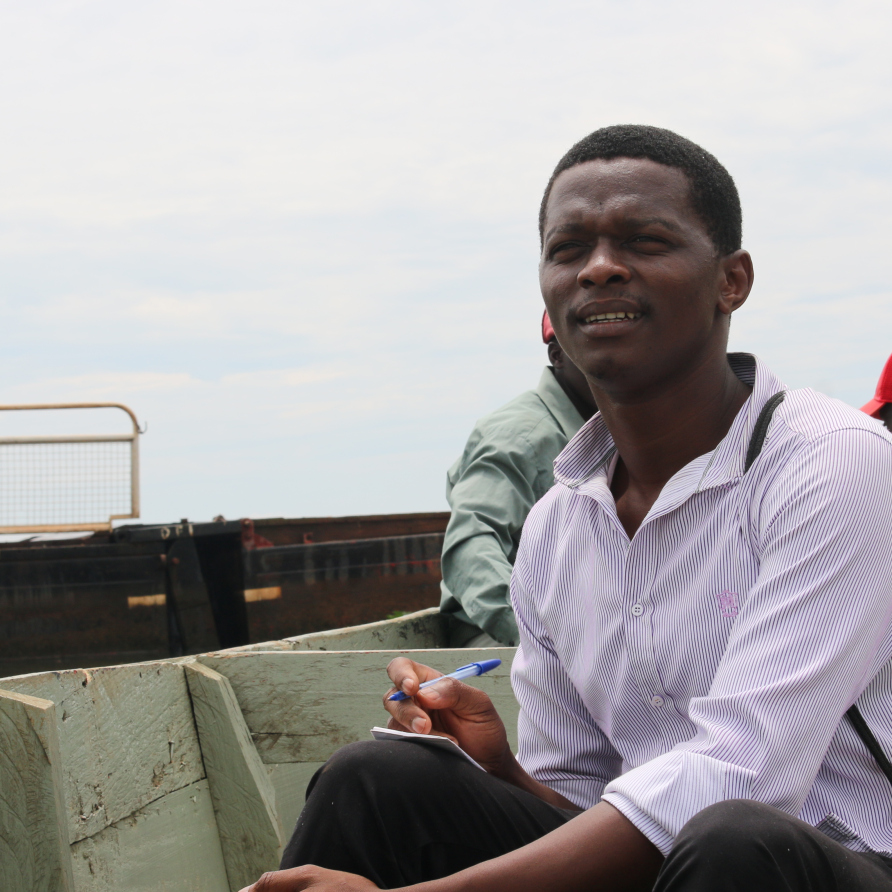Much of Invisible Children’s work is focused in a region of central Africa largely populated by members of the Zande ethnic group. Seeking out and understanding the perspectives of Zande people is a central component of our work. So, we were excited to meet Isaac Waanzi, an aspiring Zande anthropologist. Isaac is an ethnic Zande originally from South Sudan who today lives in a refugee settlement in Uganda where he studies and continues his anthropological work. His writing on worondimo focuses on South Sudanese Zande, their culture, traditions and history.

We asked Isaac to share some of his thoughts on how the Zande people view family and the idea of the interconnection across borders.
Zande Perception on Kin: What Binds Humans Together
by Isaac Waanzi
The pre-colonial ethnic Zande lived in what they called Ringara Zande (Zandeland). But after the ‘Scramble for Africa’, colonial borders divided this area in northeastern DR Congo, eastern Central Africa Republic and southwestern South Sudan. One common problem in the three regions where Azande are found today is conflict. Some of the conflicts that had great impact on Zande communities include the Simba rebellion (1963-65), the Anya-Anya I rebellion (1955-72), the SPLA rebellion (1983-2005) and the Uganda Lord’s Resistance Army (LRA) rebellion (2006-till date). The LRA conflict is unique, in that it has affected Azande in all three countries. These conflicts have had devastating consequences of which I will not speak, but they also taught us the importance of relatives, and to connect as one family during conflict.
‘A relative is like a scar’
Often during conflict in Zande regions, ethnic Zande seek refuge across modern state borders but within the pre-colonial boundaries of Zandeland. While displacement has many disadvantages, the Zande still manage to find relative comfort among the host communities through relatives (agume). Among the Zande, a relative is not necessarily an individual from one’s family but anyone who share one or more of ‘your clan’ (ngbatunga ro[1]). It’s a custom among Zande to ask visitors or hosts about their clan, to avoid ‘passing by relatives without knowing’ (mo andu ka susa gumero). We would not wish to miss the chance of knowing our relatives because they are as close to us as a scar is to our skin (gume wa séro áro).

In areas where Zande are common, it’s rare to pass 10 households without meeting a new relative. Through clan connections, displaced Azande always find new relatives among the host communities. Those who host fellow Zande refugees or IDPs are always compelled to show ‘the duties of a relative’ (manga pagume) to those have suffered disaster. They give the new relatives clothes, land to cultivate, and food like gadia or sombe[2] (gadia/sombe is a traditional Zande dish prepared out of cassava leaves, palm oil, groundnuts and sometimes smoked fish or meat).
‘Yours is the one who comes to your aid when you’re in disaster’
While Azande cherish clan relatives very much, they also speak of another kind of relative in an expression: ‘Yours is the one who comes to your aid when you’re in disaster’ (boro gamo ni nga gu ni nadusio ro rago kerepai). This relative is not essentially a family or clan relative, but instead becomes your relative when they come to your aid during disaster. And so it was that while living through the LRA-disaster, we witnessed and appreciated organizations such as Invisible Children which came to the aid of the communities. Together with other communities that have suffered at the hands of the LRA, we felt that now we had relatives across the globe that helped us. As the Zande say ‘a person can’t stay forever in a nightmare’ (boro na ima nga gu rogo gbegbere musumo te) so we hope that the continuous work of Invisible Children and its partners, Joseph Kony will one day appear in a court of law, and we will awake from the nightmare of the LRA.
One of the positive lessons one can learn during conflict, is how humans are interconnected. At a primary level, family and clan relations connect ethnic Zande when they live during times of relative peace and during conflict. On a broader level, people who come to our aid during disasters become our own relative hence bounding us together as humans. To all who have become our own and come to our aid, to those who have lived and continue to live with us in this disaster of the LRA, please know that the scars on our skins will continue to remind us of you our relatives.
[1] Literally “your type or seed”
[2] The Zande always say a meal that gives energy is gadia/sombe. But cassava leaves is not among the food aids given to refugees, so relatives that host the refugees and IDPs do freely give them.
Think people should hear about this?